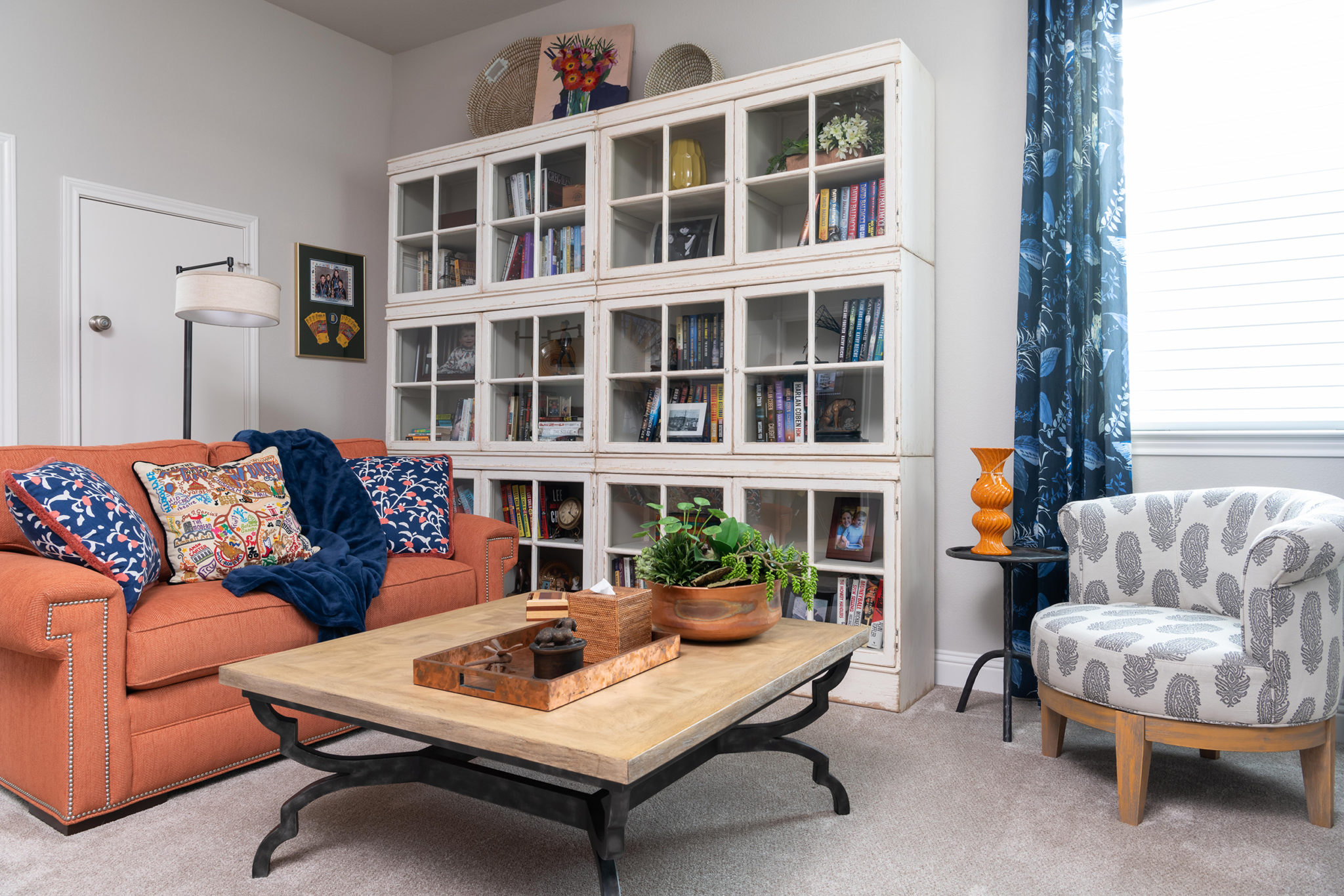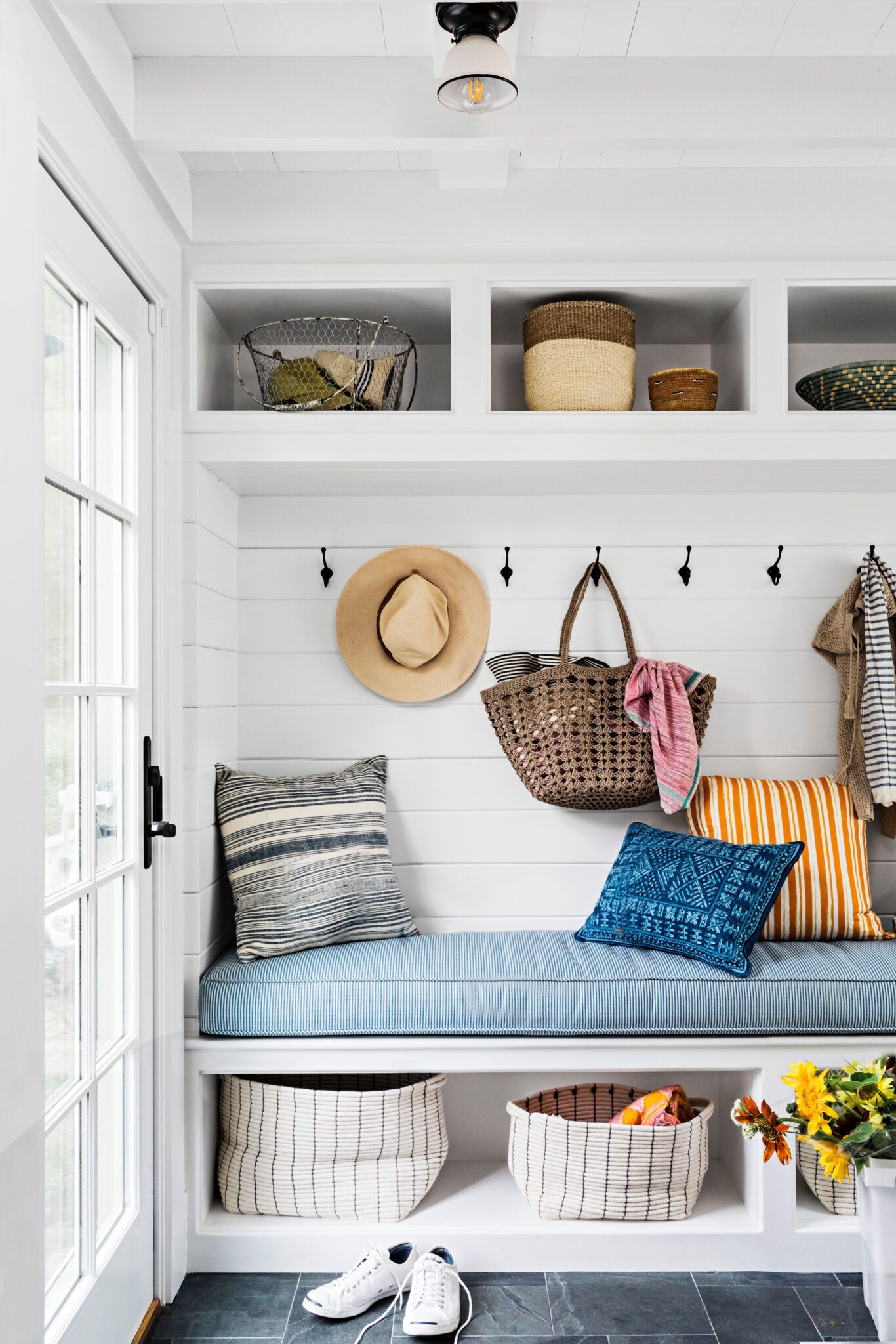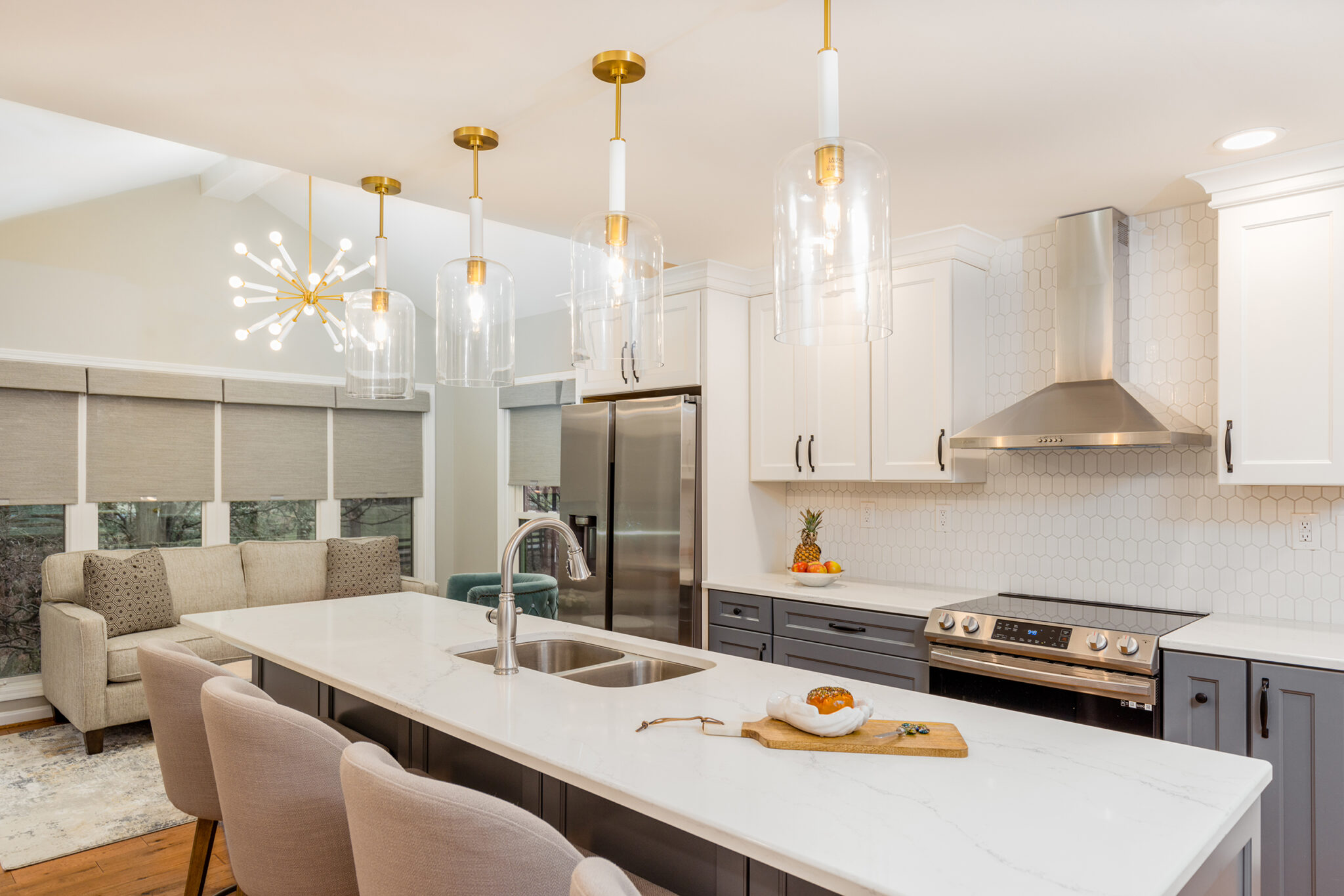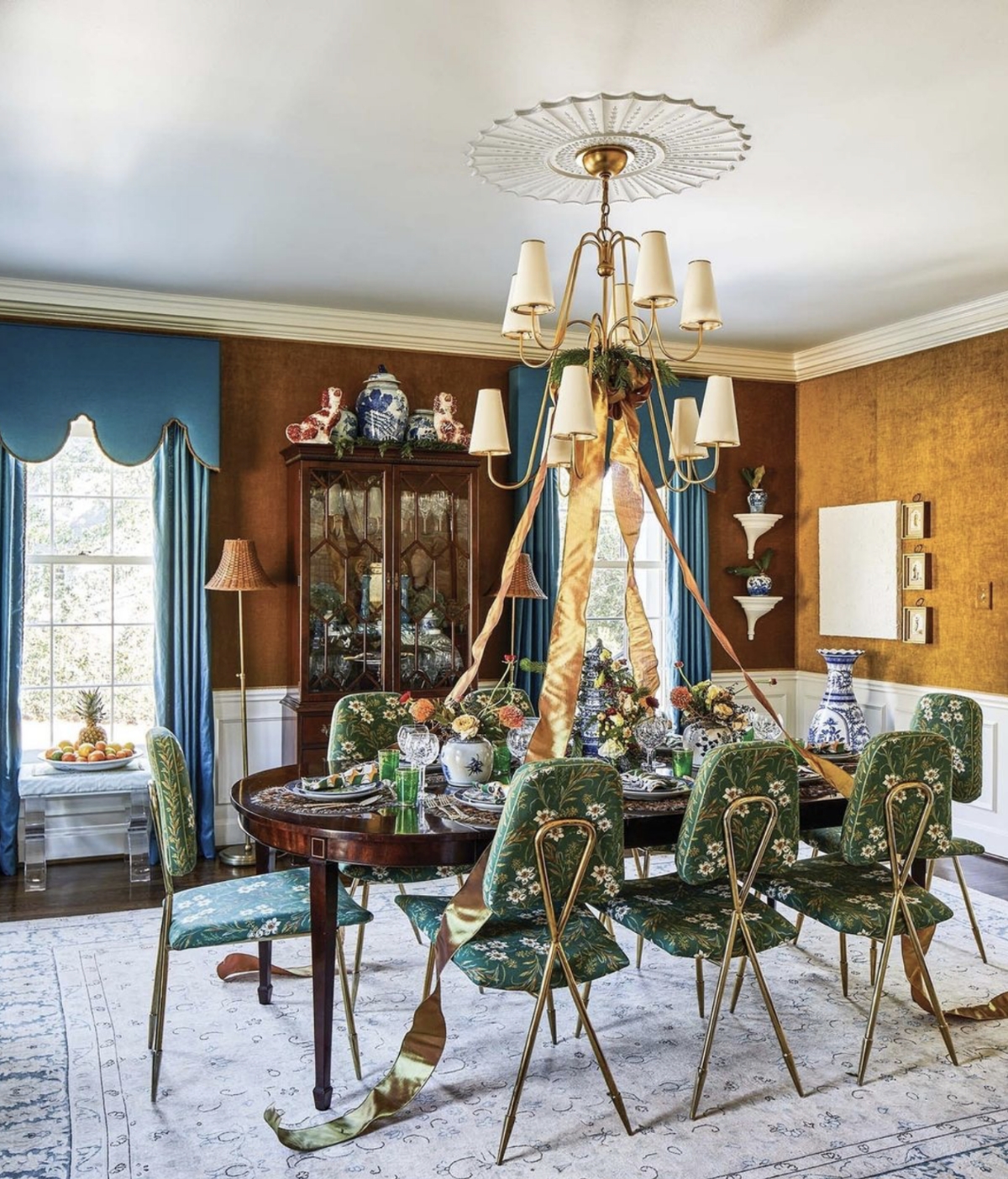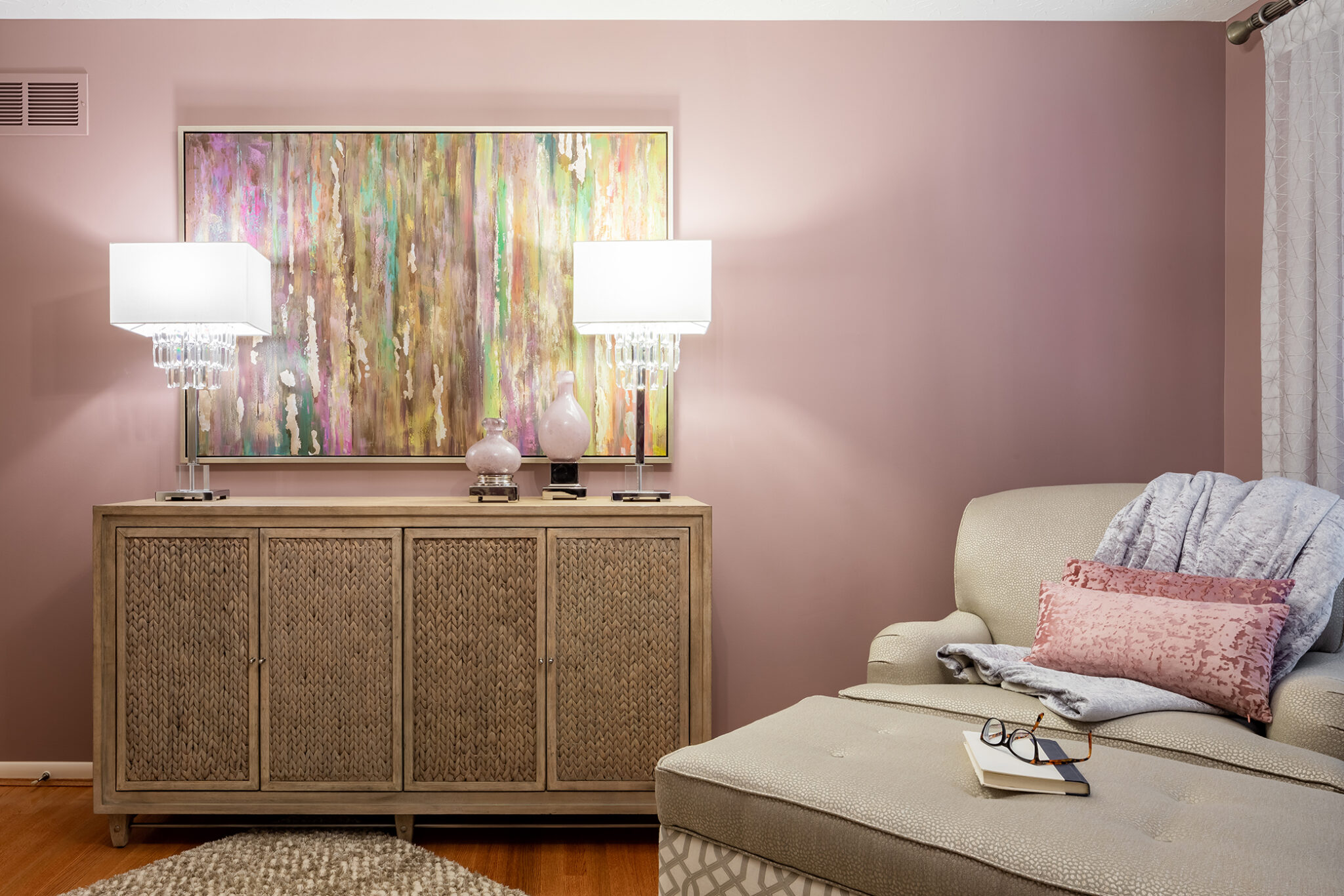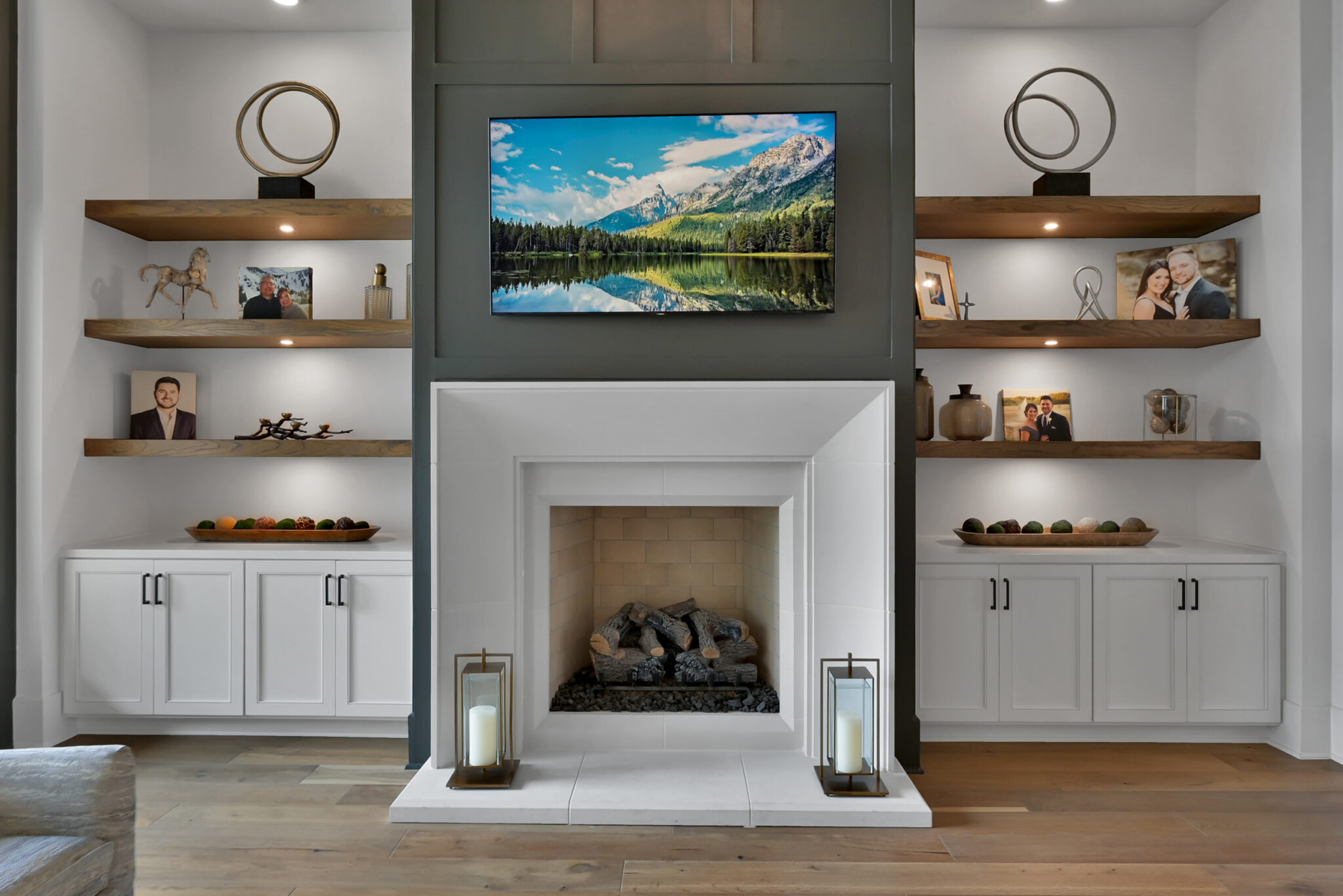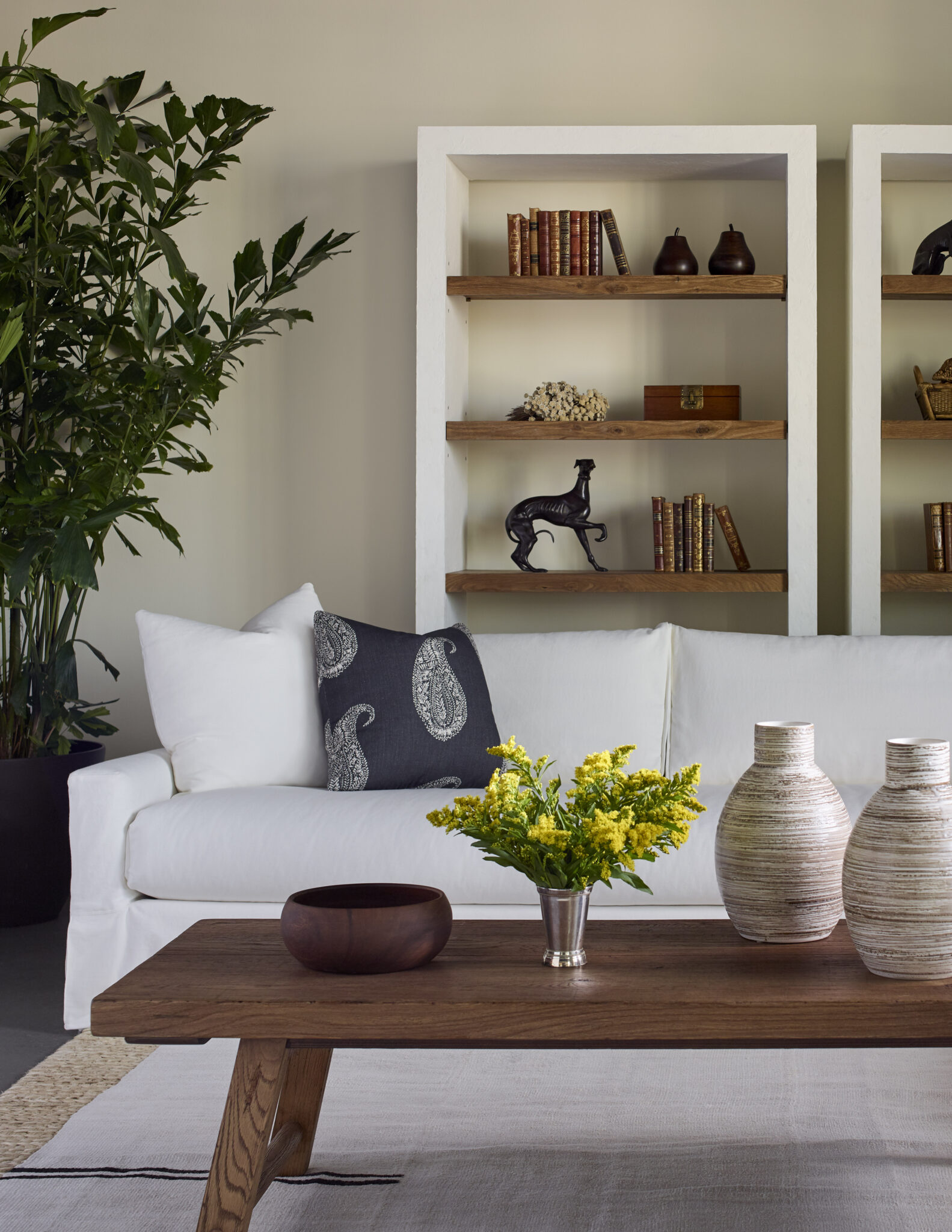Master the Art of Picture Frame Placement on Bookshelves
Hello, lovely people! It’s true; a strategically placed picture frame does wonders for a space’s aesthetic appeal. Bookshelves don’t escape this rule. Artfully arranged picture frames infuse your bookshelf with a personal touch, transforming it from a mere storage space into memory-filled, story-telling delight. So, how do you maximize the effect of these frames? Let’s delve into this fascinating topic together.
Firstly, it’s important to understand that balance is crucial when arranging frames on a bookshelf. A symmetrical look offers a sense of harmony and order. However, don’t shy away from an asymmetrical layout either. It can add a dynamic, visually intriguing appeal. The key is to play around with different arrangements until you find one that sp
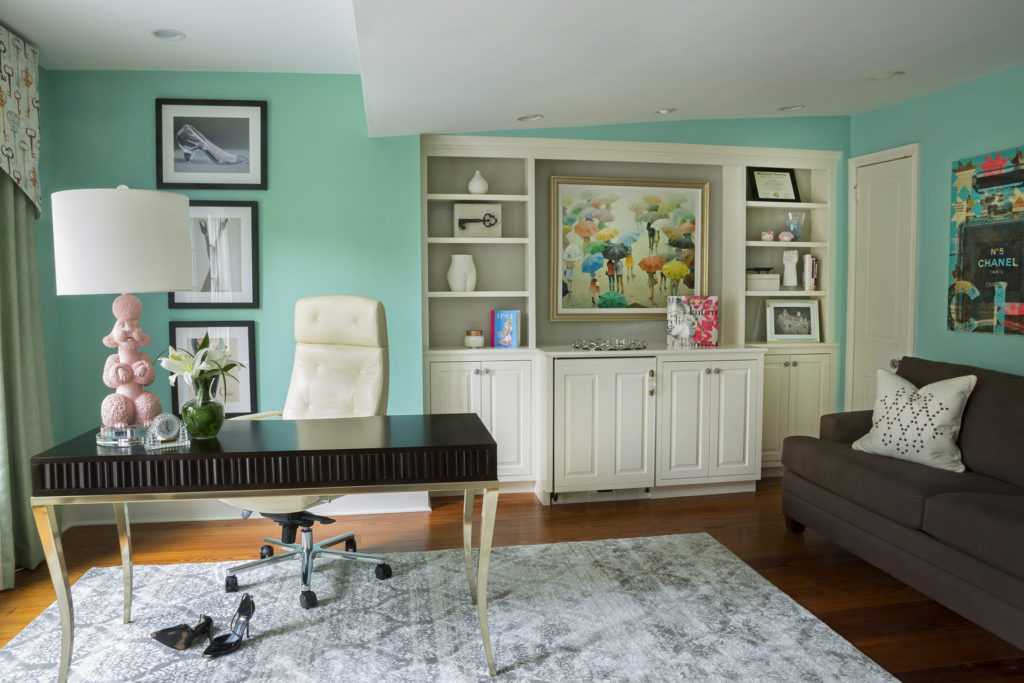
Bookcase without books
eaks to you.
Secondly, consider the size and color of the frames. Larger frames naturally draw the eye, so use them to highlight favorite photos or artwork. Smaller frames can add depth and interest, particularly when grouped together. As for color, consider your room’s overall color scheme. Frames should complement, not clash with, the existing decor.
Remember, I’m always here to help you navigate through your interior design journey. Don’t hesitate to visit my Contact me page if you need advice or have questions. In the next section, we’ll delve deeper into these points and provide examples to further illustrate these concepts. Stay tuned!
Selecting the Perfect Frames for Your Bookshelf
Understanding the Role of Frames
Picture frames play a crucial role in shaping the aesthetics of your bookshelf. They help create a visual harmony between the bookshelf and the room’s overall design style. A frame’s material, color, and style can significantly alter the look of your bookshelf.
Modern Frame Styles
If you’re targeting a chic, contemporary aura, consider sleek metal or acrylic frames. They lend a hint of modernity and sophistication. The minimalist design of these frames goes well with transitional, contemporary, and minimalist interior styles.
Traditional Frame Styles
For a more traditional appeal, opt for ornate wooden frames. They exude a warm, timeless charm, ideal for a classic, vintage, or rustic setting. These frames effortlessly blend with the warm undertones of traditional interior design.
Mix and Match Approach
Don’t shy away from mixing and matching different frame styles. This approach adds an exciting visual element to your bookshelf. It also allows for a unique and personalized touch to your space, making it truly your own.
Color Schemes and Frame Selection
Remember to align the frame selection with the room’s color scheme. The right color combination can enhance the appearance of your bookshelf and contribute to a cohesive design. This harmony can bring out the best in your transitional design style, leading us to our next section on color coordination.
Mastering the Art of Size and Proportion on Your Bookshelf
Begin with the Anchor Piece
The game changer in a bookshelf setup is the large frame. This anchor piece establishes a focal point on each shelf. Place it strategically to command attention and set the tone for the rest of your items.
The Role of Medium Frames
Next, introduce medium frames into the mix. These frames bridge the gap between
the large anchor piece and the smaller frames. They offer balance and help prevent the bookshelf from looking too uniform or chaotic.
Accenting with Small Frames
Small frames play the role of accents on your shelf. These items add variety and prevent your bookshelf from becoming monotonous. However, be mindful not to overuse them, as they can easily get lost among books.
Creating Balance with Books
Books should complement your frames, not compete with them. Arrange your books in a way that highlights your frames. Vary the heights and thickness of the books to add visual interest and depth.
Achieving Cohesion
Remember, the goal is to create a cohesive look. The arrangement should draw the eye without feeling cluttered. Experiment with different setups until you find one that achieves this balance. Your bookshelf should tell a story – let your frames and books be the narrators.
Mastering the Art of Picture Frame Arrangement on Bookshelves
Anchor with the Largest Frame
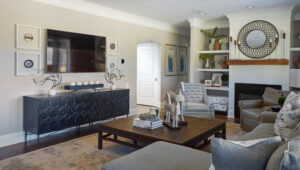
An imperative first step in your picture frame arrangement journey is to place the largest frame on the shelf. This frame acts as your anchor, providing balance and stability for the remaining items. Remember, a well-selected anchor piece can significantly enhance the overall aesthetics of your shelf.
Introducing Smaller Frames
Once you’ve established your anchor, it’s time to incorporate smaller frames. Aim to distribute these frames evenly across the shelf. This spread helps maintain a balanced look, ensuring that no area appears overly cluttered or disproportionate.
Avoid Linear Arrangements
A key tip to remember: resist the urge to line frames up in a row. Such arrangements can lead to a dull and monotonous display. Instead, opt for a staggered arrangement. This approach adds an organic feel, making your shelf appear more dynamic and visually intriguing.
Create Visual Interest through Variations
Variation is an essential ingredient of engaging design. Mix and match different frame sizes, shapes, and colors. These variations provide depth and texture to your display and help in creating a captivating visual story.
Adapt and Refine Your Arrangement
Remember, your bookshelf is a fluid space. Don’t hesitate to adapt and refine your arrangement over time. Experiment with different placements and arrangements until you create a look that resonates with your aesthetic preferences.
Moving on, let’s delve into another crucial aspect of transitional design – selecting the perfect color palette.
Embracing Personal Touches in Transitional Design
Size and placement indeed play an essential role in your interior design. Yet, the content of your frames also deserves your attention. Variety, as they say, is the spice of life. This also applies to interior design, especially in the Transitional style. Mixing various photographs, art, and sentimental pieces will add a truly personal touch to your home.
Preserving Memories
Consider showcasing cherished family photos or favorite postcards. They not only add visual interest but also create a warm, welcoming ambiance. These elements tell a story, your story. They make your space feel like a home, not just a house. They add emotion and depth, making your design not just aesthetically pleasing but also emotionally resonant.
Displaying Artwork
Artworks, whether they are from famous artists or your child’s masterpiece, make great additions. They bring color, texture, and personality. A child’s artwork, for example, adds a playful, whimsical touch. It showcases a part of your life in the most authentic, beautiful way.
Showing Off Unique Pieces
Don’t forget about unique, sentimental pieces. They could be travel souvenirs or inherited antique items. These pieces make your bookshelf or any space in your house uniquely yours. They reflect your personality, your passions, your experiences, and your personal journey.
Remember, your bookshelf, and ultimately your home, is a reflection of you and your personal story. So, show off what makes you unique. Make it a point to incorporate elements that speak to who you are. The next section will delve into how color schemes can further enhance your Transitional design style.
Mastering Space Utilization for a Balanced Look
Space management around your frames forms a crucial aspect of Transitional Design. Embracing minimalism not only enhances the aesthetic appeal but also accentuates the frames. Allow some vacant space on your shelves to make your frames a focal point.
Creating Balance with Empty Space
Empty space doesn’t equate to wasted space. It offers breathing room for your decor, creating a relaxed, uncluttered environment. This strategy is vital to make your frames pop and draw attention.
Add Variety with Non-Book Items
Integrate a variety of non-book items for an eclectic mix. Incorporating vases, plants, or small sculptures provides a refreshing change. They not only add a personal touch but also disrupt the monotony of books and frames.
Enhancing the Space with Plants
Plants serve a dual purpose in design. They breathe life into the space and introduce a pop of color. Their organic forms beautifully contrast with the straight lines of books and frames, adding visual interest.
Breaking the Line with Sculptures
Small sculptures offer a unique element to break up the line of books and frames. They act as a surprising element, adding another layer of depth to your design. This way, you can create an engaging visual narrative that intrigues the viewer.
Conclusion
In conclusion, remember that decorating your bookshelf with picture frames is more than just a task, it’s an art. It’s about creating a space that reflects your personality and taste. Trust your instincts and don’t hesitate to play around with different arrangements. Contact me if you need guidance.
Creating the perfect bookshelf display might require a few attempts, but remember, it’s about expression, not perfection. Enjoy the process and keep experimenting until you achieve the look that feels right for you. If you want more insightful tips like these, sign up for my newsletter. Let’s continue this journey towards creating beautiful spaces together!

